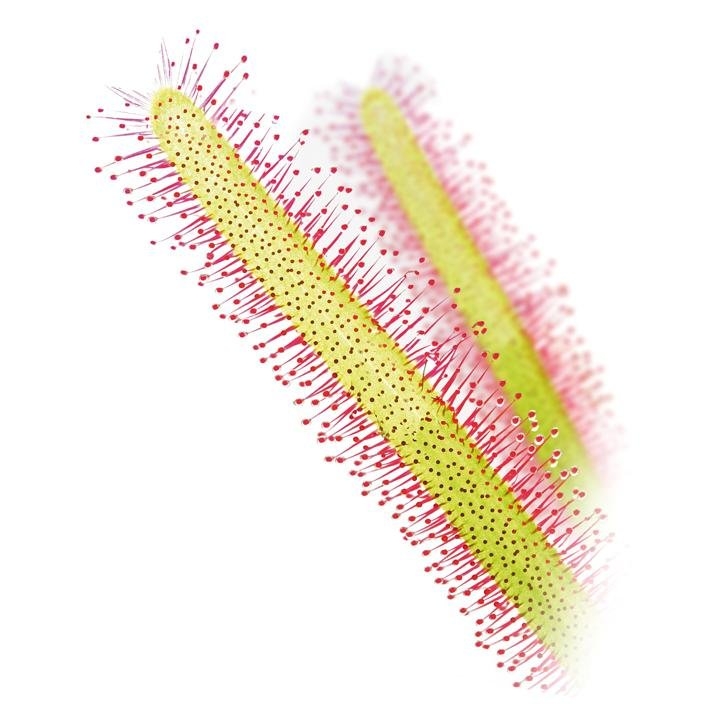It’s a perennial herb, small (up to
This plant is insectivorous. If an insect rest on it, it’s caught with the sticky glandular leaf hairs, the leaf then folding around the prey. After an insect has been caught, the glandular heads secrete a digestive fluid which dissolves all that can be absorbed from the insect, especially the nitrogenated and phosphorated compounds, which are very scarce in the zones where this plant is found. It blooms in the summer.
The whole plant.
Internal use
External use
Benigni, R; Capra, C; Cattorini, P. Piante Medicinali. Chimica, Farmacologia e Terapia. Milano: Inverni & Della Beffa, 1962, pp. 486-9.
Bézanger-Beauquesne, L; Pinkas, M; Torck, M. Les Plantes dans la Therapeutique Moderne. 2ª. Paris: Maloine, 1986, pp. 192-3.
Bézanger-Beauquesne, L; Pinkas, M; Torck, M; Trotin, F. Plantes Médicinales des Regions Tempérées. Paris: Maloine, 1980, pp.139-40.
Bruneton, J. Elementos de Fitoquímica y Farmacognosia. Zaragoza: Acribia, 1991, p.198.
Fernández, M; Nieto, A. Plantas Medicinales. Pamplona: Ediciones Universidad de Navarra, 1982, p.73.
Lastra, JJ; Bachiller, LI. Plantas Medicinales en Asturias y la Cornisa Cantábrica. Gijón: Ediciones Trea, 1997, pp. 126-7.
Paris, RR; Moyse, M. Précis de Matière Médicale. Tome II. Paris: Masson, 1967, pp. 226-9.
Peris, JB; Stübing, G; Vanaclocha, B. Fitoterapia Aplicada. Valencia: M.I. Colegio Oficial de Farmacéuticos, 1995, p. 253.
Trease, GE; Evans, WCh. Farmacognosia. México D.F.: Interamericana--MacGraw-Hill, 1991, p. 730.
Van Hellemont, J. Compendium de Phytotherapie. Bruxelles: Association Pharmaceutique Belge, 1986, pp. 136-7.
Villar, L; Palacín, JM; Calvo, C; Gómez, D; Montserrat, G. Plantas Medicinales del Pirineo Aragonés y demás tierrras oscenses. 2ª. Huesca: Diputación Provincial, 1992, p. 285.
Melzig MF, Petz HH, Krenn L. Anti-inflammatory and spasmolytic activity of extracts from Droserae Herba. Phytomedicine 2001; 8 (3): 225-229.
Didry N, Dubreuil L, Trotin F, Pinkas M. Antimicrobial activity of aerial parts of Drosera peltata Smith on oral bacteria. Journal of Ethnopharmacology 1998; 60: 91-96.
